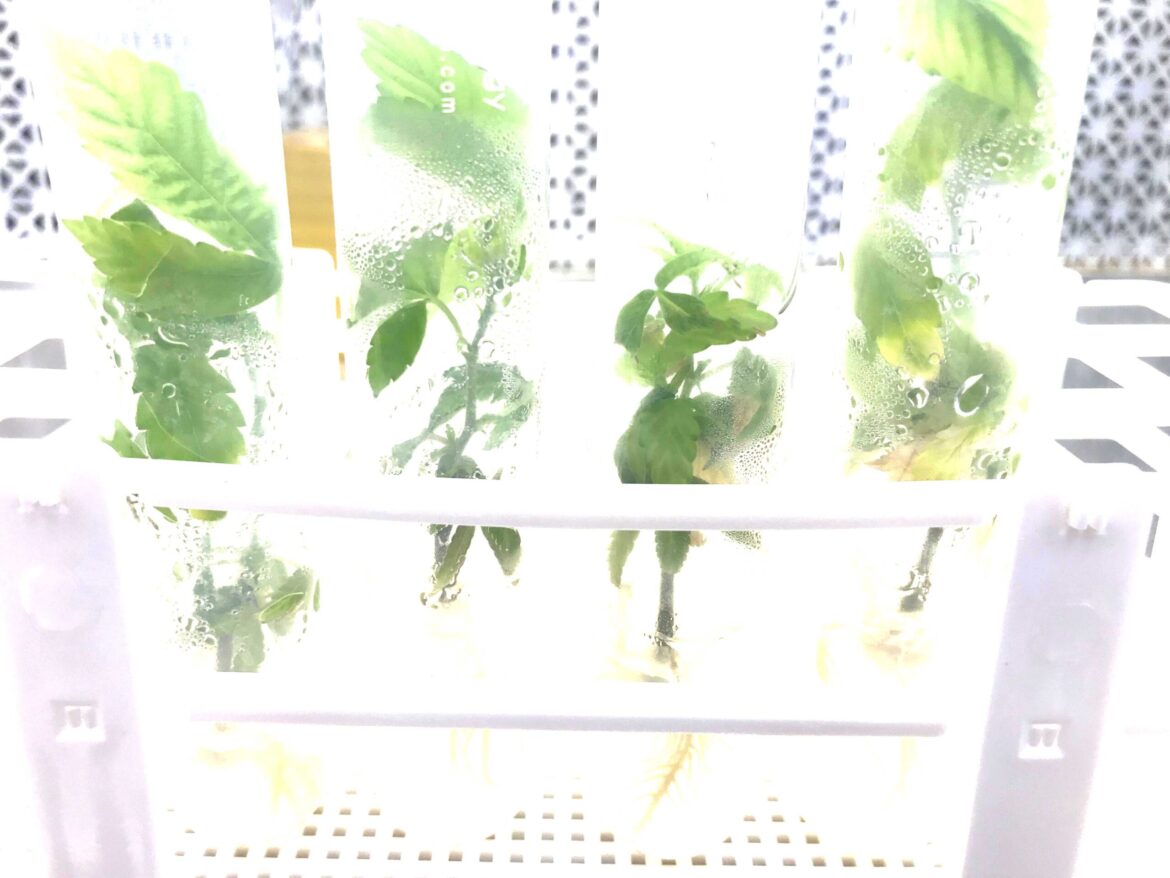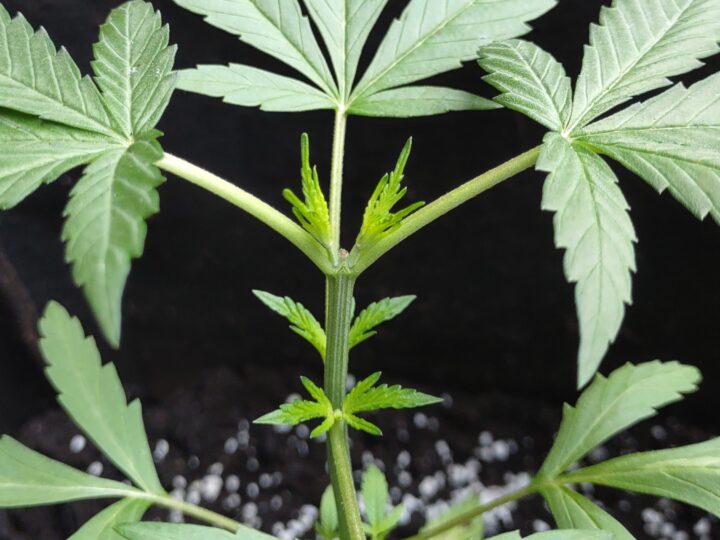
The integration of live tissue culture in the cannabis industry represents a significant advancement in cultivation techniques, offering numerous benefits that enhance both the efficiency and quality of cannabis production.
Enhanced Yields and Cost-Effectiveness: Live tissue culture methods have been noted for increasing cannabinoid yields while simultaneously reducing production costs. This is achieved through the cultivation of virus-free plants that are less dependent on environmental factors, allowing for quicker harvest times. Such techniques, as implemented by companies like MIFCO Biosciences, have shown that tissue culture cloning can be more space and labor-efficient compared to traditional cloning, leading to higher productivity with lower resource use.
Disease Prevention and Improved Plant Health: A key advantage of live tissue culture in cannabis is the production of disease-free plants. Techniques like meristem culture enable the cultivation of virus-free clones, which significantly reduces the prevalence of plant diseases common in traditional cloning methods. This leads to healthier plants and, consequently, better yields.
Consistent Plant Quality: Tissue culture offers a higher level of control over the quality of cannabis plants. Unlike traditional cloning, which often results in variable quality and traits, tissue culture ensures that the produced plantlets are exact genetic replicas of the mother plant, leading to more predictable and consistent crop quality.
Efficient Space Utilization and Environmental Benefits: This cultivation method also reduces the need for extensive space typically required for mother plants. This efficient space utilization has added environmental benefits, as it reduces the resources (like water and energy) needed for maintaining large mother plant areas.
Reduced Pest Risks: The sterile environment of tissue culture rooms significantly diminishes the risk of pest infestations, a common challenge in traditional cannabis cultivation. This sterility is maintained through strict lab practices, ensuring that plants are grown and delivered in a pest-free environment.
Faster Propagation: Tissue culture can lead to more efficient initial growth stages compared to propagation from mother plants. This method does not require seeds or pollinators, which can accelerate the early stages of plant development.
Genetic Diversity Preservation: Live tissue culture also allows for the preservation of a wide array of cannabis strains, including both industrial hemp and medical cannabis. This is particularly important given the complex taxonomy of the cannabis species.
In summary, the application of live tissue culture in the cannabis industry brings forth several benefits, including increased yields, cost-effectiveness, disease prevention, consistent plant quality, environmental sustainability, reduced pest risks, faster propagation, and preservation of genetic diversity. These advantages position live tissue culture as a vital technique in the evolving landscape of cannabis cultivation.
Sources:
- Analytical Cannabis: “The Benefits of Tissue Culture Techniques in Cannabis Cultivation”
- Cannabis Tech: “Complete Guide to Cannabis Tissue Culture 101”
- VidaCann: “Cannabis Tissue Culture 101: Everything You Need To Know”
- Frontiers in Plant Science: “Medical Cannabis and Industrial Hemp Tissue Culture: Present Status and Future Potential”


